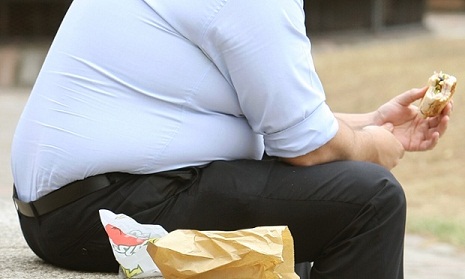So far the technology, which involves converting fat cells in a bioreactor, has only been tested in human cells and in mice, but if the technique is shown to work in human trials it could prove to be an effective treatment for diabetes and obesity.
Brian Gillette, a researcher at NYU Winthrop Hospital and founder of the startup Ardent Cell Technologies, said: “The general idea of this tissue-based approach is that you can engineer the brown fat outside the body and return it as a transplant.”
This would avoid the use of weight control drugs, which can have harmful side-effects, and of invasive bariatric surgery, which can be risky and limited in its effectiveness, he said.
Most fat in the body is unhealthy “white” tissue deposited around the waist, hips and thighs. But smaller amounts of energy-hungry “brown” fat are also found around the neck and shoulders and within white fat reserves. Brown fat generates heat by burning up excess calories. Gillette estimates that 50-100g of brown fat – the approximate amount found in an adult – can account for 20% of a person’s daily energy expenditure. “It’s one of the most metabolic tissues in the body,” he said.
White fat can naturally switch to become brown fat through cold exposure, and drugs can also be used to boost brown fat, but current medications all have side-effects.
The latest approach would work by sucking out white fat, using fat grafting techniques that are used in cosmetic or reconstruction surgery where fat is taken from one part of the body and injected elsewhere. The latest study, published in the journal Scientific Reports, found that human fat cells could be converted into brown fat after being bathed in chemicals for a few weeks in a bioreactor.
In a second experiment, the same process was carried out in mice and the brown fat reinjected into the animals, which had been fed high fat diets. The converted tissue was shown to retain its brown fat qualities, rather than reverting to white fat, for eight weeks.
The experiment did not show that the implanted mice lost more weight than a control group and the team said more work would be needed to test whether the technique could be an effective therapy for weight loss or diabetes and what dose might be required.
More about: #Science
















































